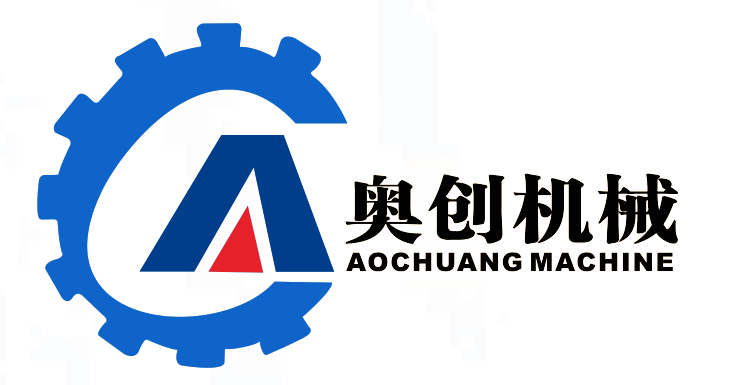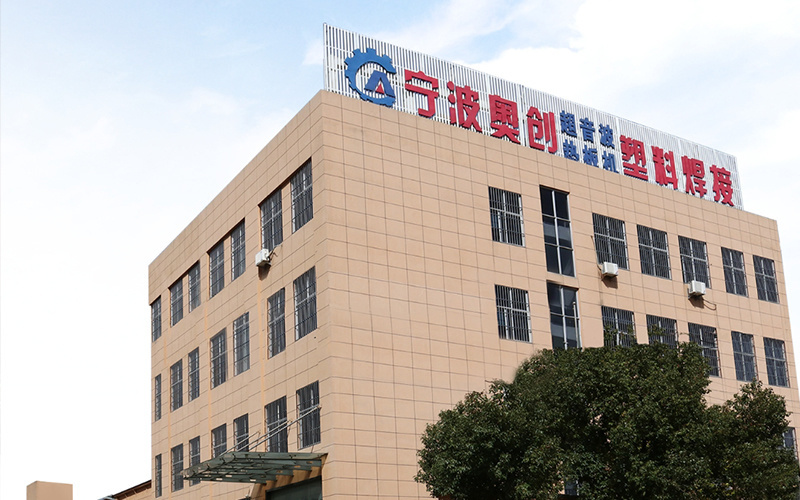21
2023
-
12
(I) on Laser Welding Technology of Plastics
Author:
The new technology provides realistic operability for the development of many new products, such as biomedical chips, which are mostly composed of plastic sheets. There are many μm limit structures on the plastic sheet, and the plastic laser fine welding technology is required for packaging.
The laser welding process is attractive because only a small amount of heat is input into the structure, so only a controllable minimum amount of melting is produced. As a result, a high welding strength can be obtained, and an impeccable appearance quality can be obtained due to little overflow or vaporization of the melt. The high strength that can be achieved in a very small welding area makes this process superior to the adhesive bonding process under conditions of limited operating space. In the era of new materials, new equipment and new technologies, people should not only understand the characteristics, advantages and requirements of laser welding, but also recognize the many innovations and future trends in this field, and always be at the forefront of science and technology.
Laser welding of plastics is associated with increased material requirements, which are often difficult to achieve. On the one hand, the so-called laser transmission welding requires laser radiation to penetrate the parts, on the other hand, it requires the parts to have strong absorption properties. It is important to avoid cracks between the two welds. During the laser welding process, the absorbent part heats up and melts locally, and the energy is transferred to the transparent part through heat conduction, and the two parts are combined under external pressure. The absorbed near-infrared laser is converted into heat energy, which melts the contact surfaces of the two parts, and finally forms a welding zone. This welding method can form a weld seam exceeding the strength of the raw material.
At present, the plastic welding technology widely used in the domestic market mainly includes vibration friction welding, hot plate plastic welding and ultrasonic welding, etc., which are mainly used to connect sensitive plastic products (including circuit boards), plastic parts with complex geometric shapes and plastic products (medical equipment) with strict cleaning requirements. The application of laser welding plastic parts, its advantages are: welding seam size precision, airtight and watertight; welding firm, can get high precision welding parts. In the welding process, the resin degrades less, produces less debris, does not appear flash, and the surface of the parts can be precisely connected; The welding equipment does not need to be in contact with the bonded plastic parts. Compared with other welding methods, the vibration stress and thermal stress of the products are greatly reduced. To minimize thermal damage and thermal deformation, resins of different compositions or colors can be bonded together; parts with extremely small size or complex shape and structure can be welded, and "penetration welding" can even be carried out for some complex parts. Vibration-free technology can produce air-tight or vacuum-sealed structure; A variety of different plastics can be welded together, while other welding methods are greatly limited. The equipment has a high degree of automation and can be conveniently used for processing complex plastic parts. Good at welding products with complex shapes (even three-dimensional); able to weld areas that are not easily reached by other methods. Because of the above advantages, laser welding is particularly attractive to processors seeking a cleaner way to weld complex parts, such as plastic products containing circuit boards, medical equipment, etc.
The laser welding technique melts the plastic in the joint region with concentrated intense radiation waves typically present in the infrared region of the electromagnetic spectrum. The type of laser used and the absorption characteristics of the plastic determine the degree of welding. Laser welding also greatly reduces the vibration stress and thermal stress of the article. The vibrational and thermal stresses produced are less than with other connections, meaning that the rate of aging of the internal components of the article or device is slower. This provides an opportunity to apply laser welding to fragile articles such as electronic sensors.
Many different kinds of materials can be laser welded together. Laser welding uses a near infrared laser (NIR) with a wavelength of 810 to 1064nm. For example: laser welding will be able to pass through the near infrared laser polycarbonate (PC) and 30% glass fiber reinforced black polybutylene terephthalate (PBT) connected together.
The advantage of laser welding without residue also makes it more suitable for the following products: Food and Drug Administration (FDA) regulated pharmaceutical products, automotive products and other electronic sensors. Diode lasers and yttrium aluminum garnet lasers have good adaptability when they are used for plastic welding. For example, diode lasers can be arranged to produce complex linear welds, and diode laser emitters can be stacked in combination to obtain the high welding power required for a particular application.
Laser welding methods also have some limitations for some materials: high-performance polymers, such as PPS, poly (PEEK) and LCP, are not suitable for laser welding because of their low transmittance of near-infrared light; when both materials are filled with carbon black, they cannot be welded together because both materials are black. This is an obstacle to the use of laser welding for equipment and other black devices under the car shell. Similarly, two materials that are transmissive to near-infrared laser light (usually transparent or white) cannot be laser welded because of their low absorption of near-infrared light. For medicine, packaging and consumer goods, because these products require transparency. Since many mineral-filled compounds are capable of absorbing near infrared laser light, they are generally not suitable for laser welding. High-filled glass fiber reinforcement can change the transmittance of near-infrared laser and reduce welding efficiency. However, the glass fiber content in the formulation of raw material suppliers usually does not exceed this limit.
Laser welding technology first appeared in the 1970 s, but because of its high cost, it could not compete with earlier plastic bonding technologies, such as vibration welding technology and hot plate welding technology. However, since the mid-1990s, due to the decline in the cost of laser welding equipment, the technology has gradually become popular. When the plastic parts to be bonded are very delicate materials (such as electronic components) or require sterile environments (such as medical devices and food packaging), laser welding technology can be very useful. Laser welding technology is fast and is especially suitable for the assembly line processing of automotive plastic parts. In addition, for complex geometries that are difficult to bond using other welding methods, laser welding techniques may be considered.
News




